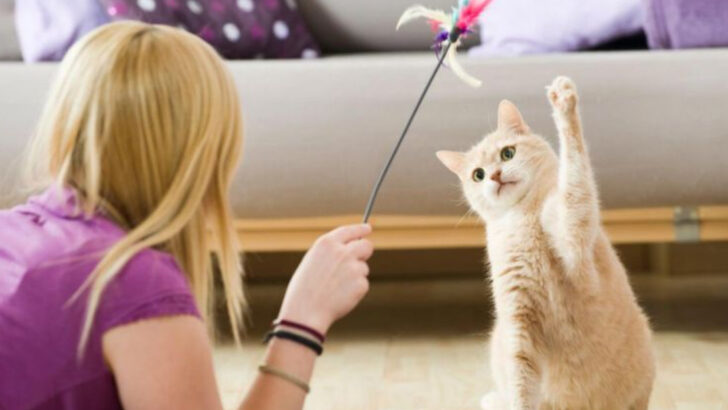Cats get bored too—and when they do, things can get ugly. That sweet little furball can turn into a whirlwind of claws, chaos, and frustration, leaving you both stressed and scratching your head.
Just like us, cats need mental and physical stimulation to stay happy. Without it, they’ll start making their own entertainment, and trust me, you won’t like what they come up with.
So, how do you keep your feline friend from becoming a terror? In this post, we’ll explore 13 ways to prevent boredom from turning your calm kitty into a mini monster. Get ready to become your cat’s favorite playmate—and keep the peace in your home!
Interactive Toys
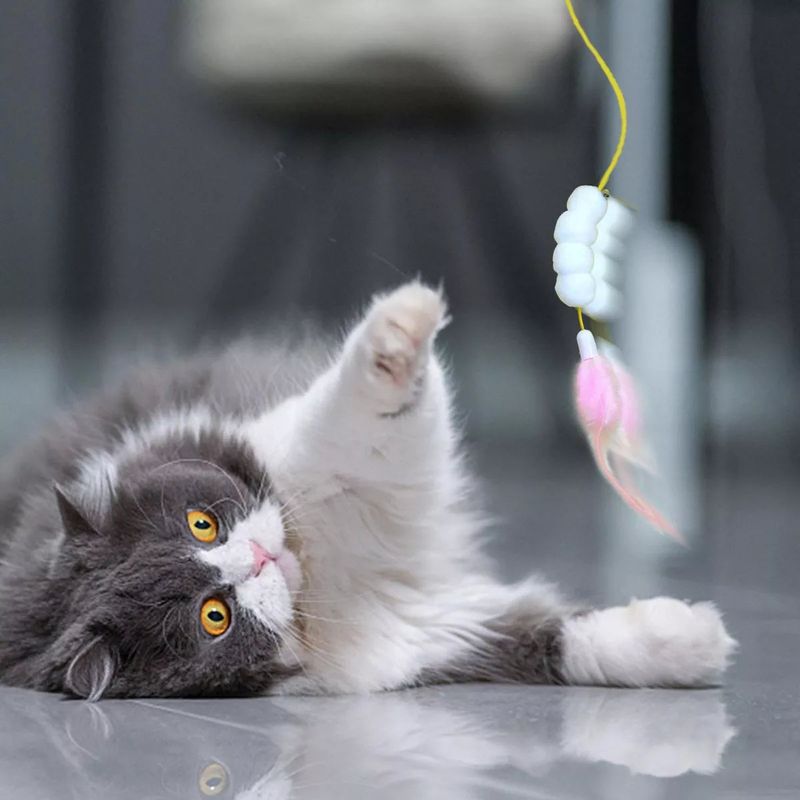
Engage your cat with interactive toys that stimulate both their mind and body. These toys, such as electronic mice or feather wands, can keep your cat entertained for hours. Cats are natural hunters, and these toys mimic the movements of their prey.
By providing toys that move unpredictably, you challenge their hunting instincts, making playtime both fun and mentally engaging. Rotate the toys daily to keep the experience fresh and exciting, preventing monotony.
Interactive play strengthens the bond between you and your cat, offering an enjoyable way to spend time together while keeping them physically fit.
Window Perches
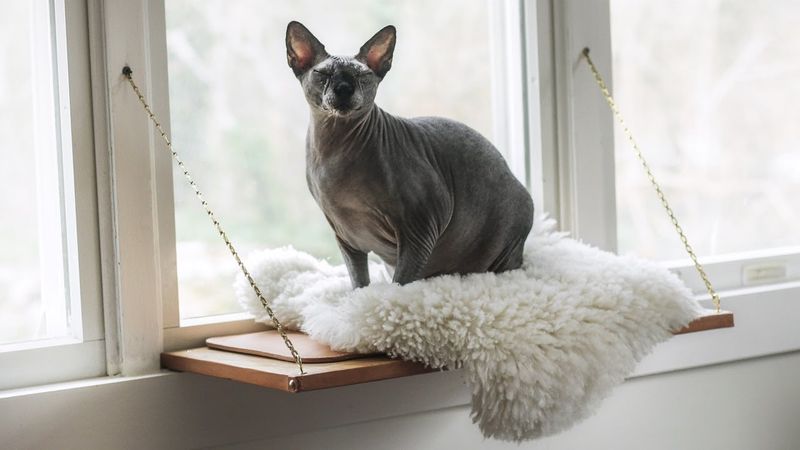
A window perch offers a safe spot for your cat to observe the world outside, stimulating their natural curiosity. Watching birds, cars, or people provides mental stimulation, preventing boredom.
Cats enjoy sunny spots, and a window perch allows them to bask in the sunlight, which can be soothing. Place the perch in a location with a good view and secure it properly for safety.
Adding a few soft blankets or cushions makes it an inviting space. This perch becomes a favorite spot, offering hours of entertainment without effort.
Puzzle Feeders
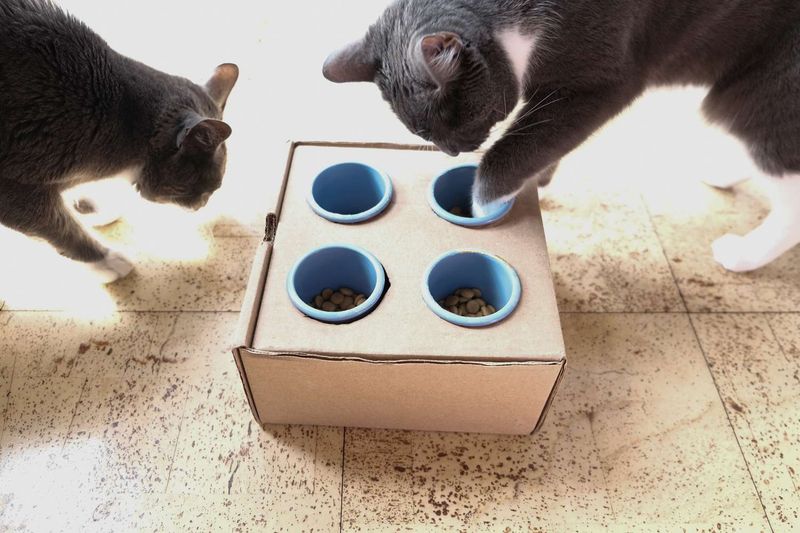
Puzzle feeders combine mealtime with play, engaging your cat’s brain in problem-solving. These feeders make your cat work for their food, simulating hunting in a controlled environment.
Offering a variety of feeders with different difficulty levels can cater to your cat’s learning curve, making feeding time a mental exercise.
Ensure the puzzles are not too challenging to avoid frustration. This interaction provides mental satisfaction and reduces aggressive tendencies by fulfilling their predatory drive. Regularly changing the feeder’s design keeps the activity interesting and motivating.
Scheduled Playtime

Establish a routine with scheduled playtimes to give your cat something to look forward to each day. These sessions provide them with the necessary physical exercise and mental stimulation.
Consistency helps in reducing anxiety and the unpredictability that can lead to aggression. Playtime can include chasing a string, fetching toys, or any activity that your cat enjoys.
Keep the sessions short but frequent throughout the day. Structured playtime can improve your cat’s mood, making them less likely to resort to aggressive behavior due to boredom.
Cat TV
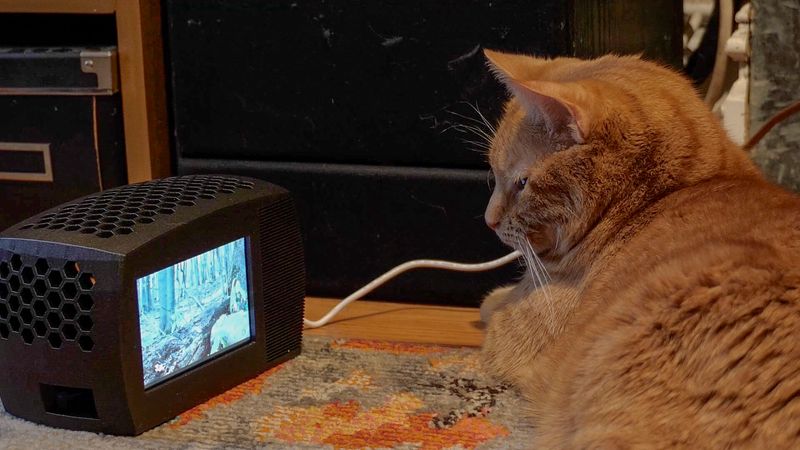
Cat TV offers visual stimuli that mimic the excitement of the outdoors. Videos featuring birds, squirrels, or other animals can captivate your cat’s attention.
Setting up a dedicated time for your cat to watch these videos can break their routine and prevent boredom. Ensure the content is varied and occasionally refreshed to maintain interest.
This is a simple yet effective way to keep indoor cats mentally stimulated. Cat TV can be an excellent supplement to physical play, providing relaxation and entertainment.
Scratching Posts
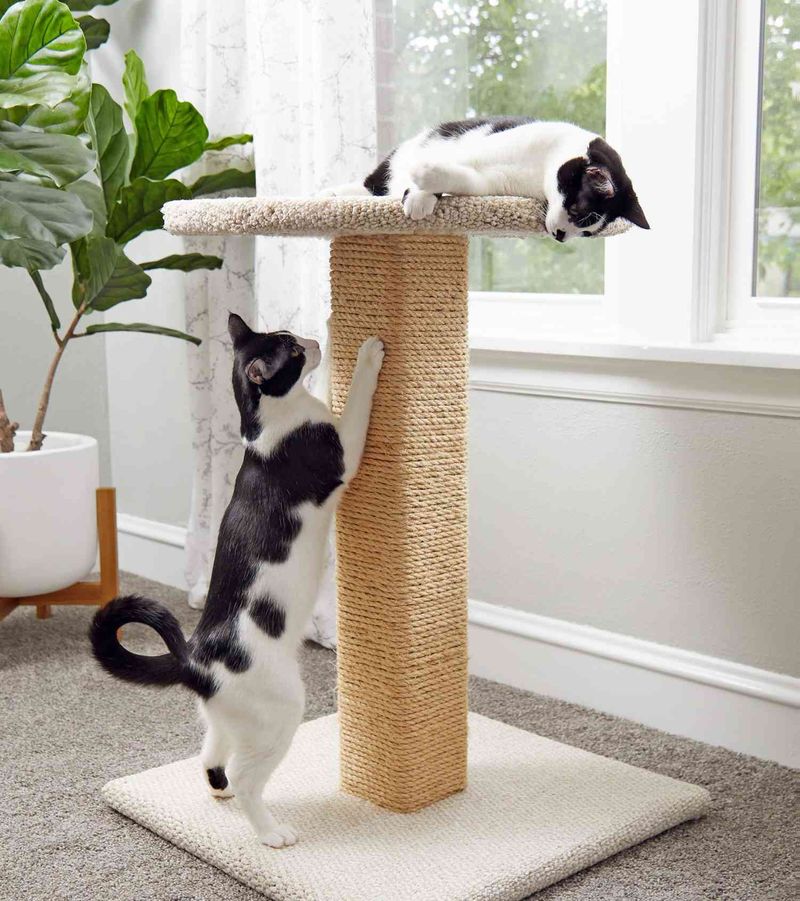
Scratching posts are more than just a tool for maintaining claw health; they are essential for physical activity and mental relaxation. Cats scratch to mark territory, stretch their bodies, and relieve stress.
Having multiple scratching posts in different locations caters to their territorial nature and offers variety. Choose posts of different textures and heights to keep your cat engaged.
Regular use of scratching posts can reduce aggressive behavior by providing a constructive outlet for their energy, ensuring your furniture remains intact.
Catnip Toys
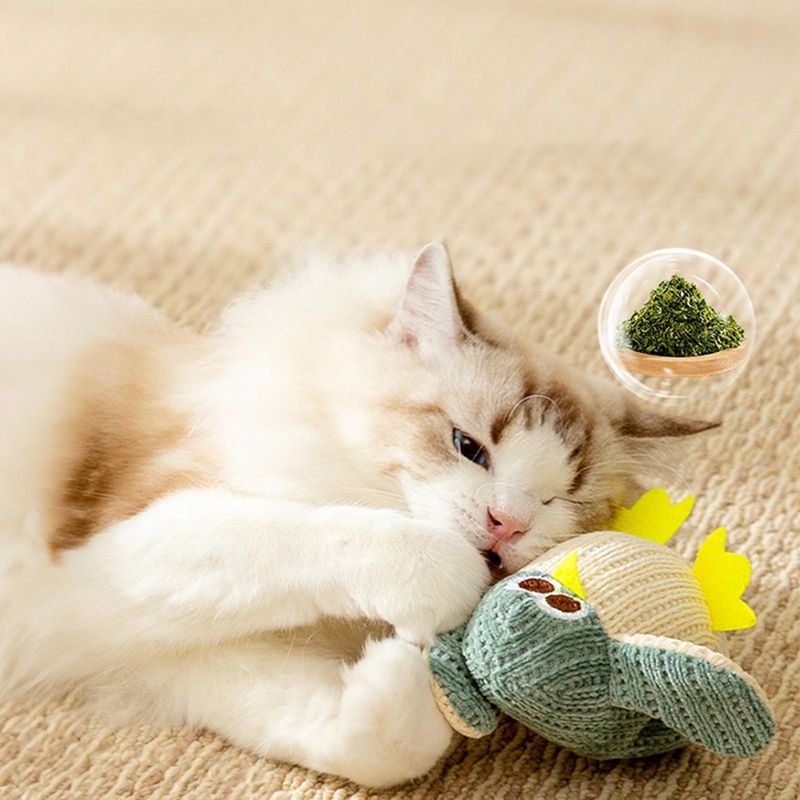
Catnip toys provide excitement and relaxation, as the herb can have a calming effect on some cats. Introducing these toys into your cat’s play routine can offer new and thrilling experiences.
Observing their reaction to catnip can help you understand their preferences, enhancing playtime. Not all cats are affected by catnip, so it’s essential to gauge your cat’s interest.
These toys can be rotated with regular toys to keep activities fresh. Catnip toys are an excellent addition to your cat’s collection, making playtime more enjoyable.
Outdoor Enclosures
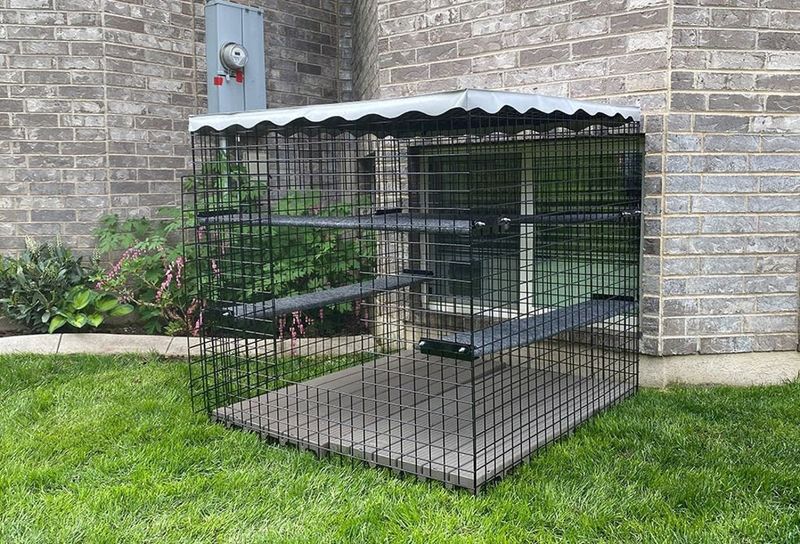
Outdoor enclosures offer a safe way for your cat to experience the outdoors without the risks. These spaces allow them to enjoy fresh air, observe wildlife, and indulge their curiosity.
Design the enclosure with plenty of climbing structures and hiding spots to simulate a natural environment. Ensure the enclosure is secure, providing peace of mind while your cat enjoys their adventures.
Spending time in an outdoor enclosure can reduce stress and prevent boredom, contributing to a happier, more balanced cat.
Training Sessions
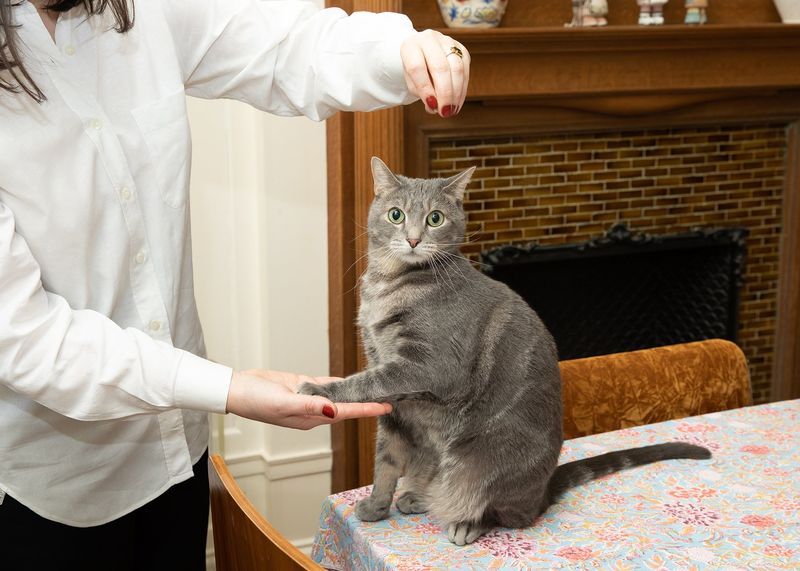
Training sessions offer mental and physical challenges that can be very rewarding for your cat. Teaching tricks or obedience commands strengthens your bond and provides mental stimulation.
Use positive reinforcement techniques, such as treats or praise, to encourage learning. Consistent training can improve your cat’s behavior, reducing instances of aggression.
Start with simple commands and gradually increase complexity as your cat becomes more comfortable. Training sessions should be fun and rewarding, enhancing your cat’s overall well-being.
Socialization Opportunities

Socialization is crucial for preventing boredom and aggression. Introducing your cat to other friendly pets can enhance their social skills and provide companionship.
Ensure the introductions are gradual and supervised to foster positive interactions. Socialization reduces loneliness and satisfies their need for companionship.
Organized playdates or visits to pet-friendly spaces can also expand their social horizons. A well-socialized cat is typically more adaptable and less prone to aggressive outbursts.
Rotating Toys
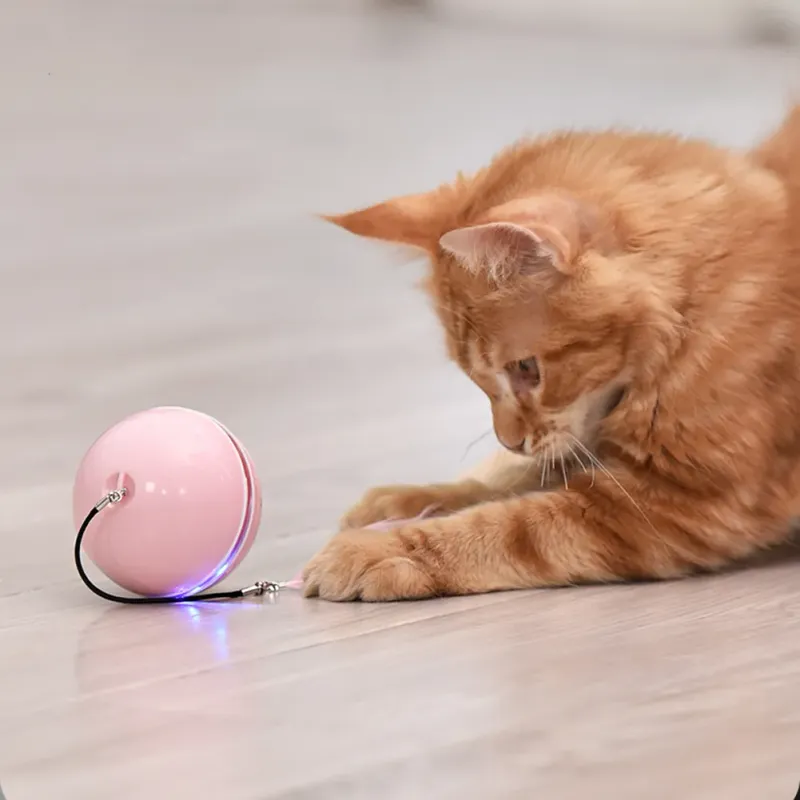
Regularly rotating toys keeps playtime exciting and novel, preventing your cat from losing interest. Introduce new toys while temporarily storing others, creating a sense of novelty.
This rotation stimulates their mind, encouraging exploration and play. It also prevents overstimulation and boredom, which can lead to aggression.
Observe which toys your cat prefers and adjust the rotation accordingly. By consistently rotating their toys, you maintain a fresh and engaging play environment that keeps your cat happy and active.
DIY Playgrounds
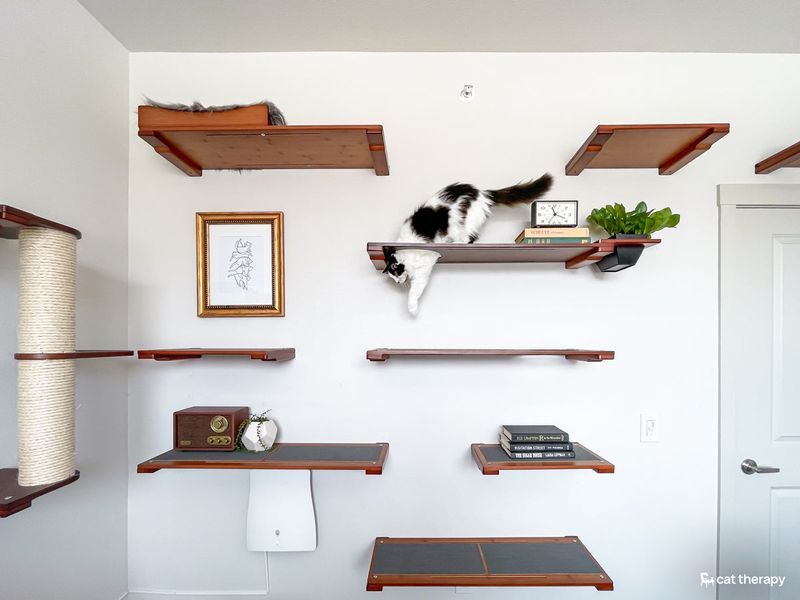
DIY playgrounds offer endless opportunities for exploration and physical activity. Use household items like boxes, tubes, and shelves to create a dynamic play space.
These playgrounds stimulate your cat’s natural instincts to climb, chase, and hide. Change the arrangement frequently to maintain interest and challenge their agility.
Incorporating various textures and heights mimics a natural environment, providing mental and physical stimulation. A well-designed playground can be a source of entertainment, reducing boredom and aggression.
Aromatherapy
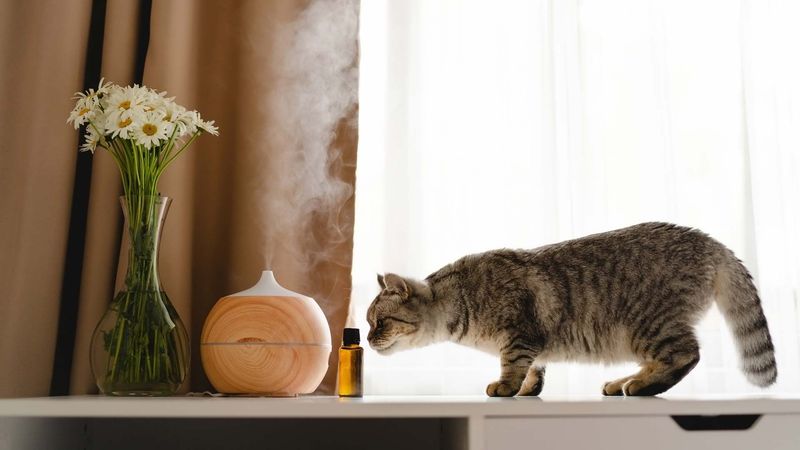
Aromatherapy can have a calming effect on cats, helping to reduce stress and aggressive behavior. Scents like lavender and chamomile are known for their soothing properties.
Introduce these scents gently, observing your cat’s reaction to ensure they find them comforting. Use diffusers or sprays in areas where your cat relaxes.
Aromatherapy can complement other activities by creating a serene environment. This holistic approach supports a balanced mood, helping to prevent boredom-induced aggression.

